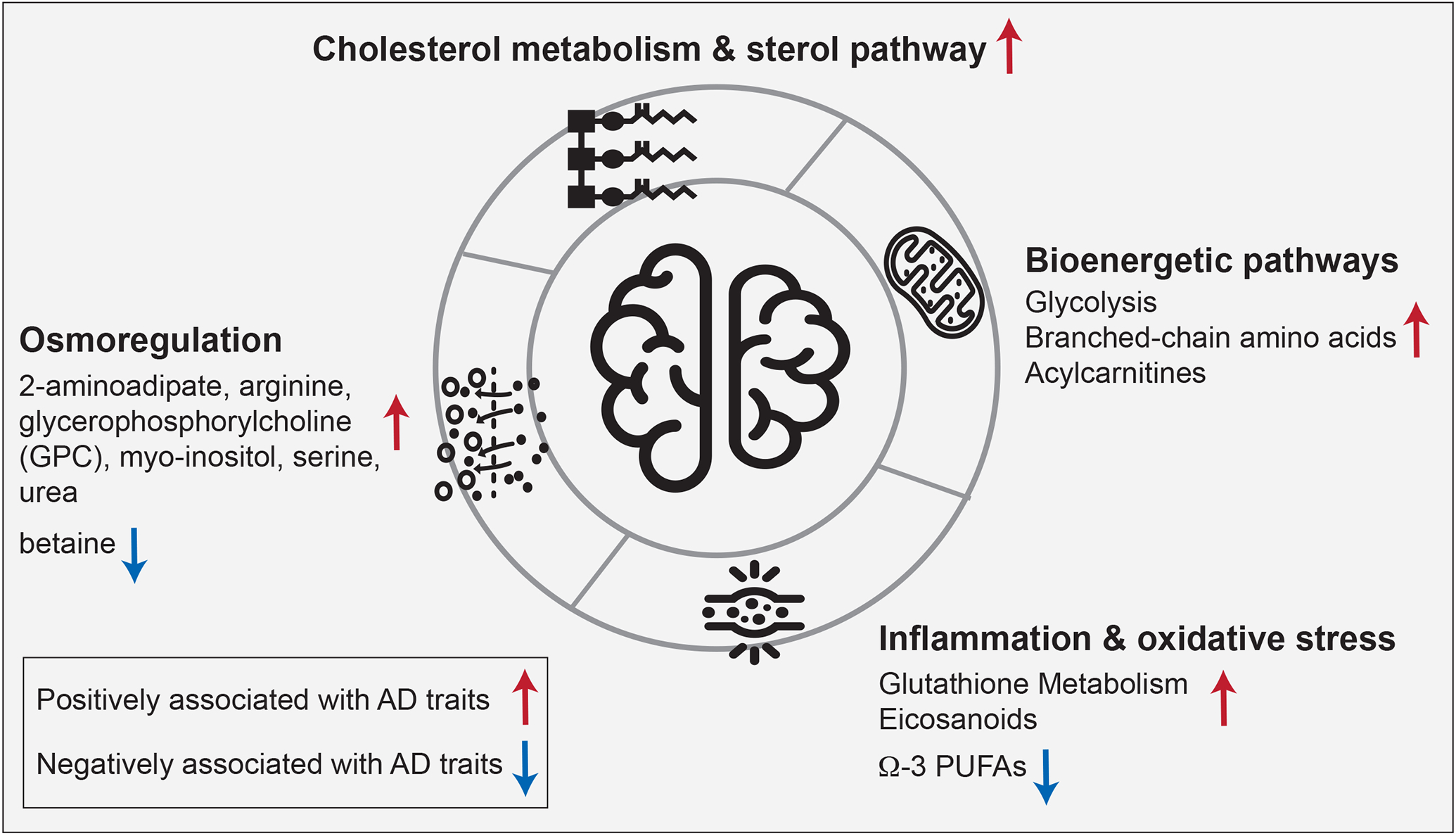Figure 4: Pathway-level metabolic associations with AD-related traits.

The highlighted biological processes have previously been implicated in AD. Our data provide a metabolic characterization of the AD-related alterations of these pathways in the brain: Cholesterol metabolism has an established connection to late-onset AD through APOE-ε4, the major genetic risk factor for the disease. Bioenergetic dysregulation is one of the earliest detectable changes in the central nervous system in AD and has also been described in the periphery. Inflammation and oxidative stress have been reported to synergistically affect AD pathogenesis. Osmoregulation affects various aspects of AD pathology, including protein folding, neural excitation, and autophagy.
